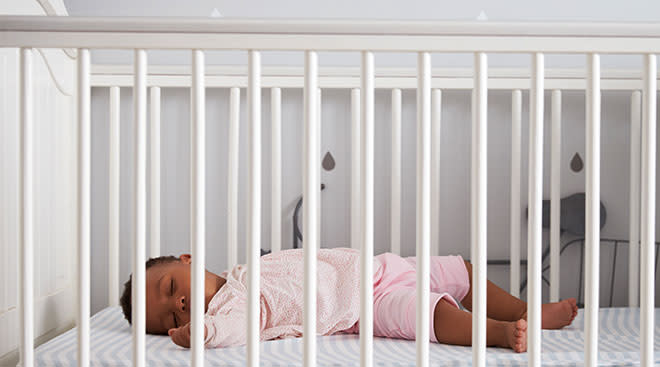Parents Continue to Put Baby to Sleep in Unsafe Positions, Study Finds
Before the early 1990s, parents faced a heartbreaking reality: around 5,000 babies in the U.S. were lost each year to Sudden Infant Death Syndrome (SIDS). Then came a game-changer—the “Back to Sleep” campaign, which encouraged parents to put babies to sleep on their backs. This simple yet revolutionary advice brought on by years of research cut SIDS deaths in half, saving thousands of lives. Today, fewer than 2,000 babies die from SIDS annually, a testament to the power of education and awareness.
Unfortunately, a recent study suggests that progress has stalled. Over the past seven years, the decline in SIDS cases has plateaued, with many parents still not following safe sleep recommendations. The study published in the Journal of the American Medical Association (JAMA) analyzed data from the U.S. National Survey of Children’s Health (2016–2022). As part of the survey, the parents of almost 9,400 infants were asked, “In which position do you most often lay this baby down to sleep now?” Parents could reply “on side,” “on back” or “on stomach.”
Findings revealed that 12% of 4-month-olds in the U.S. are still placed to sleep on their sides or stomachs. This figure rises to 19% for 9-month-olds and 23% for 1-year-olds—positions that significantly increase the risk of SIDS. While rates remain far below pre-1990s levels, experts worry that outdated educational approaches may no longer effectively reach parents.
Researchers believe a more nuanced educational approach that targets specific groups of parents may be the key to breaking through this plateau and getting numbers down. Race, education, income and age are big factors that come into play when it comes to safe sleep education.
For instance, in 2022, Black and Hispanic parents of 4-month-olds reported higher rates of unsafe sleep positions (23.2% and 21.6%, respectively) compared to white parents (7.1%). Income also played a role: 24.5% of infants in the lowest income bracket were placed in unsafe sleep positions, compared to just 6.7% in the highest bracket. Similarly, parental education mattered—parents without a college degree were more likely to place babies in non-supine positions. Maternal age further influenced outcomes. Among mothers under 30, 15.5% of 6-month-olds were placed in unsafe sleep positions, compared to 11.9% among mothers over 30.
The American Academy of Pediatrics continues to recommend that babies sleep on their backs in a bare crib to reduce the risk of SIDS. Educating parents and caregivers about safe sleep guidelines remains crucial. Learn more about more about SIDS prevention here.
Navigate forward to interact with the calendar and select a date. Press the question mark key to get the keyboard shortcuts for changing dates.





















































